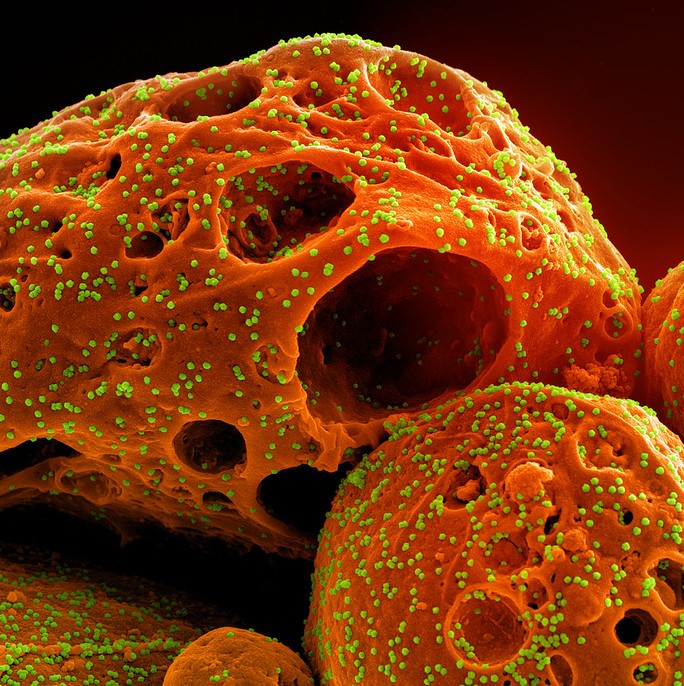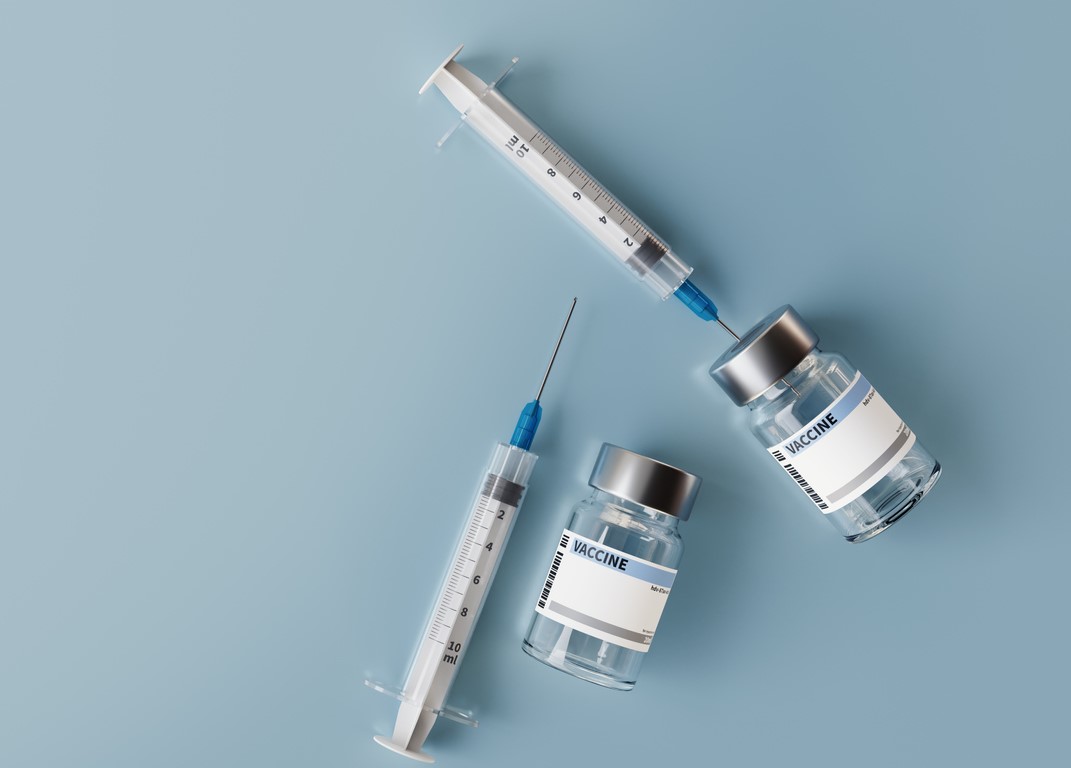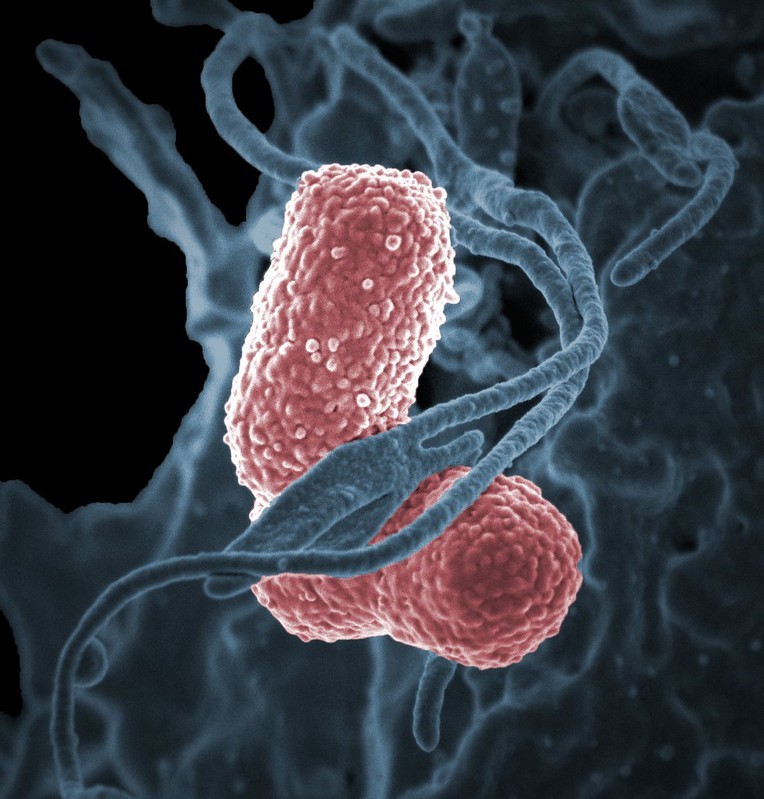
A study of 541 children and young adults in Ohio with two or more SARS-CoV-2 infections finds that the median interval between two infections was 229 days, and reinfection counts were higher during the Omicron era. The study is published in the Journal of the Pediatric Infectious Diseases Society.
The study was based on confirmed COVID-19 infections seen in children and adults 21 years and younger from March 2020 to September 2022. The authors identified 541 case-patients who had two or more infections and defined the type of SARS-CoV-2 variant in the first and subsequent infections by mutation-specific typing or local epidemiology data.
The median age of patients at the time of their second infection was 7.85 years, and 56 children were less than 1 year of age; 270 patients (49.9%) were male. More than half of the case-patients (287, or 54.3%) had an underlying condition. Of those, chronic respiratory disease (asthma, bronchopulmonary dysplasia, cystic fibrosis) was most common (16.1%), followed by obesity (13.2%).
Sixty-nine children (12.8%) were fully vaccinated prior to their second infection. Hospitalization rates were lower in the second infection (2.8%, compared with 6.0% during the first infection).
Though the average interval between reinfection was more than 200 days, during the Omicron variant phase of the pandemic some patients had documented reinfections in as little as 45 days.
Reinfections rates were likely linked to the high transmissibility of Omicron.
"Thirty-eight (7.0%) had reinfection that occurred less than 90 days after the first infection, among which three had both samples available for typing. All three had a Delta variant infection followed by [Omicron] BA.1 infection with intervals of 45, 68, and 83 days," the authors wrote.
The authors said reinfections rates were likely linked to the high transmissibility of Omicron, as well as to the return of in-person schooling.
 A post hoc
A post hoc 











